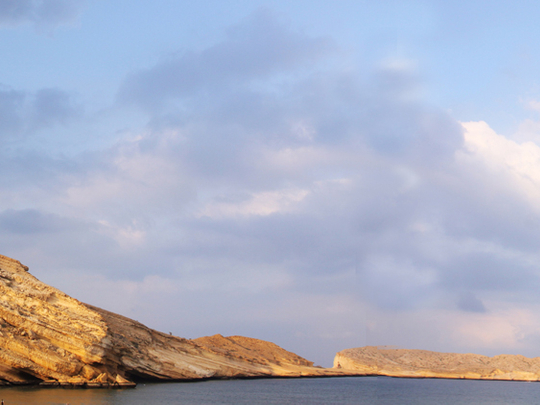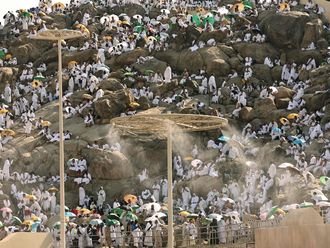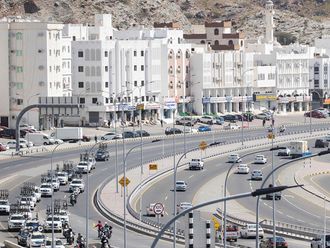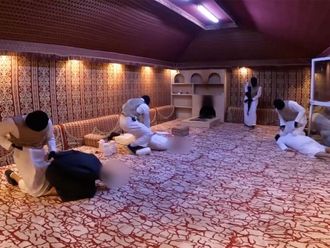
Muscat: The land level in parts of Oman is sinking by a few millimetres each year, according to Professor Dr. Goesta Hoffmann, Associate Professor for Applied Geosciences at GUtech.
"Scientists of the German University of Technology in Oman (GUtech) and RWTH Aachen University have found evidence that parts of Oman is sinking," he said at the Sultan Qaboos University on Monday.
He added that the rising sea level is threatening coastal zones on a global scale and the sea level may rise up to one meter in the next one hundred years.
"Here in Oman, the land is moving by a few millimetres each year - in both directions up and downwards," the German professor added.
"It is necessary to quantify these processes as large infrastructure projects are under development in the coastal regions," warned Professor Goesta, who has been working together with his colleagues on the research regarding the coastal evolution in Oman for the past two years. The research project is sponsored by The Research Council in Oman and the German Research Foundation.
"As a consequence, parts of Oman especially between Sifah and Muscat, are threatened," pointed out Professor Goesta. Incidentally, part of a big integrated tourism project is already opened in Sifah and more housing units are under construction at this picturesque beach front 45km to east of Muscat.
"With the help of LiDAR (Light detection and ranging instrument) the geoscientists measured the evolution of the coastline and the mountains. In Fins the long-term evolution is documented by coastal rock terraces or raised beaches," said Professor Goesta.
Moreover, scientists found evidence for a potential tsunami threat due to historical accounts. On November 27, 1945, a tsunami wave hit the coast of Oman. This is supported oral history interviews with Omanis in the eastern parts of the country as well as by discovery of a letter written by then then Omani ruler Sultan Saeed Al Saeed and.
At that time. The Sultan wrote: "Five nights ago, an earthquake occurred before dawn time, though no damages happened here as the earthquake was subtle, but the sea rose higher than usual to the point that it entered in the wadi that is behind Masjid Al-Khor/ mosque by the wadi."
As a geological evidence the scientists found open-water species like molluscs and other marine species in the lagoons close to Sur and Ras Al Hadd in Sharquiyah region. The team of scientists also documented boulders exceeding 40 tonnes in weight being thrown 10 metres high on the coast.
For further evidence more data needs to be collected, said the geoscientist. The final results of the research can be used to mitigate potential damages of future tsunamis in this Gulf region. "Knowledge of the long-term evolution of the coastline is essential in the context of global warming and associated sea-level changes," said Professor Goesta.













